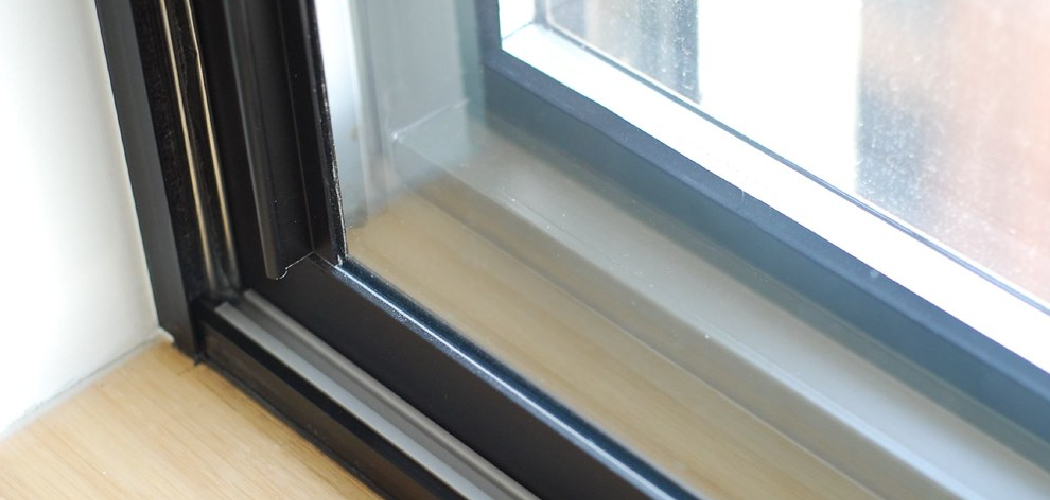Soundproof safety glass is an ideal solution for those looking to reduce noise pollution while maintaining safety and durability. Whether for homes, offices, or commercial spaces, choosing the right soundproof safety glass involves considering factors such as acoustic performance, material quality, and design compatibility.
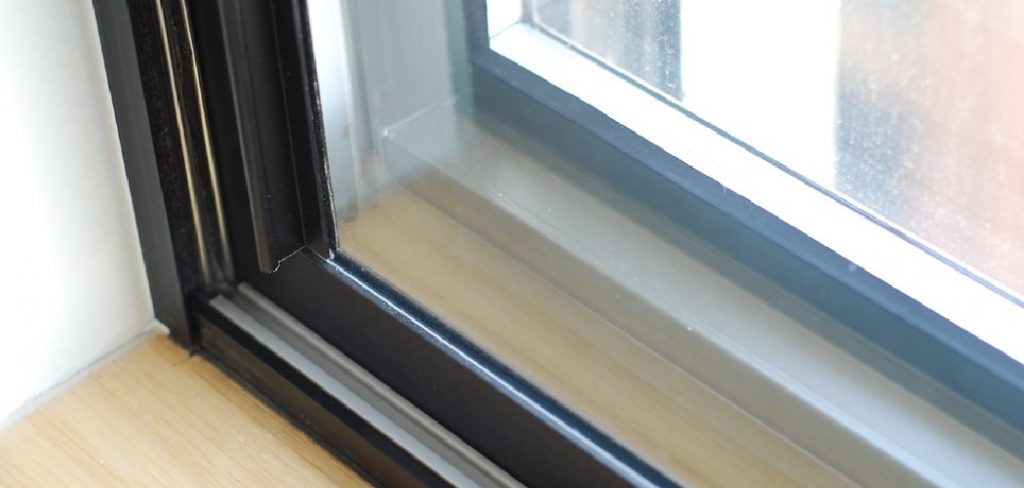
With numerous options on the market, understanding the key features and benefits of this specialized glass can help you make an informed decision tailored to your needs.
In this blog post on How to choose soundproof safety glass, we will explore the various aspects of soundproof safety glass and provide practical tips to guide you through the selection process.
The Importance of Soundproof Safety Glass
Soundproof safety glass is designed to minimize noise transmission from one area to another while providing protection against breakage. This type of glass consists of two or more layers of glass bonded together with a special interlayer that provides superior sound insulation. Compared to traditional glass, soundproof safety glass can reduce noise levels by up to 50 decibels, making it an excellent choice for noisy environments such as urban areas, busy streets, or airports.
Aside from its acoustic properties, soundproof safety glass is also highly resistant to impact and shattering. This makes it a reliable option for buildings prone to extreme weather conditions or potential hazards. Moreover, the durability of this type of glass ensures long-term cost savings as it requires minimal maintenance and replacement.
Factors to Consider When Choosing Soundproof Safety Glass
Acoustic Performance:
The primary purpose of soundproof safety glass is to reduce noise pollution. Therefore, it is crucial to choose a glass with the desired acoustic performance. The sound reduction index (Rw) is used to measure the effectiveness of soundproofing materials, including glass. It is recommended to look for glass with an Rw value of at least 35 decibels for satisfactory noise reduction in residential and light commercial settings.
Material Quality:
The quality of the materials used in manufacturing soundproof safety glass can greatly impact its acoustic and safety performance. Look for reputable manufacturers that use high-quality materials, such as laminated or tempered glass and specialized interlayers, to ensure optimal results.
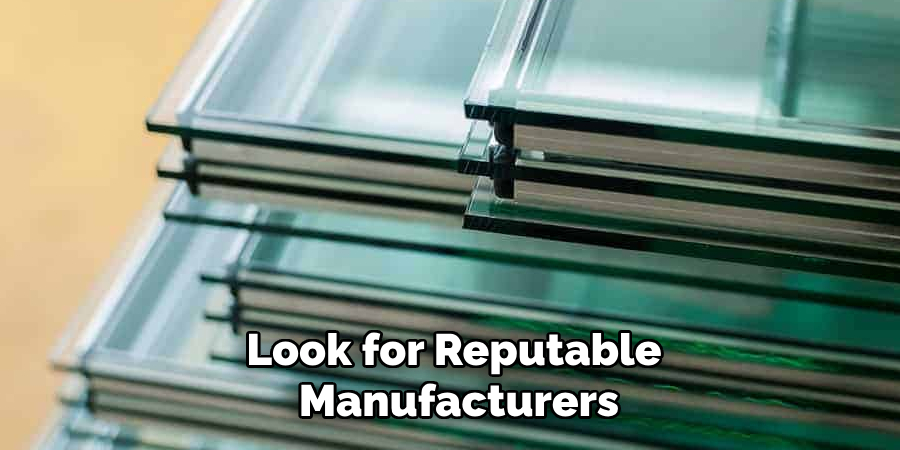
Design Compatibility:
Soundproof safety glass comes in different styles and designs, allowing you to choose one that fits your aesthetic preferences. However, it is essential to consider the compatibility of the glass with your overall design and functionality needs. For instance, if you require a level of privacy in addition to soundproofing, frosted or tinted glass may be a better option than clear glass.
Things to Consider Before Choosing Soundproof Safety Glass
- The Level of Noise Pollution in Your Environment
- The Desired Acoustic Performance (Rw Value)
- Quality and Durability of Materials Used
- Compatibility With Overall Design and Functionality Needs
- Any Additional Features, Such as Privacy or Uv Protection
7 Simple Step-by-step Guidelines on How to Choose Soundproof Safety Glass
Step 1: Assess Your Environment’s Noise Level
The first step in choosing the right soundproof safety glass is to evaluate the level of noise pollution in your environment. Begin by identifying the key sources of noise, such as nearby traffic, construction sites, or aviation routes. You can use a sound level meter or smartphone app to measure the decibel levels in your area, providing a clear understanding of the noise intensity.
This information will help you determine the required acoustic performance (Rw value) of the glass and ensure that you select an option capable of effectively reducing the noise to a comfortable level.
Step 2: Consider the Type of Glass
Soundproof safety glass is available in a variety of types, including laminated, tempered, and double-glazed. Laminated glass consists of two or more layers of glass bonded together with a special interlayer, providing excellent sound insulation and shatter resistance. Tempered glass is up to five times stronger than regular glass and can withstand high impact without breaking into dangerous shards. The double-glazed glass contains two panes of glass with an air space in between that acts as a natural sound barrier.
Step 3: Determine the Desired Acoustic Performance (Rw Value)
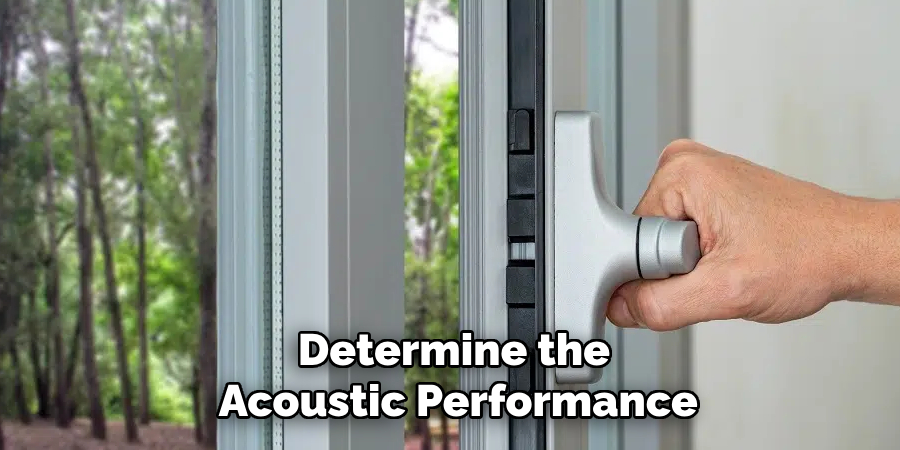
Once you have assessed your environment’s noise level, the next step is to determine the acoustic performance needed for your soundproof safety glass. This is measured by the sound reduction index, or Rw value, which indicates how effectively the glass can block or reduce sound transmission. For residential or light commercial settings, an Rw value of at least 35 decibels is typically sufficient to achieve noticeable noise reduction. However, locations with higher noise levels, such as buildings near airports or busy highways, may require glass with an Rw value exceeding 40 decibels.
It is essential to match the glass’s acoustic performance to your specific needs to ensure maximum effectiveness. Consult with a specialist or refer to manufacturers’ specifications to compare different products and their Rw values. Keep in mind that higher Rw values often correlate with thicker or multi-layered glass compositions, which may also impact the overall design and installation process.
Step 4: Consider Any Additional Features
Aside from soundproofing, some types of safety glass may offer additional features such as privacy or UV protection. Frosted or tinted glass can provide an added level of privacy for areas like bathrooms or offices while still allowing natural light to enter. Additionally, UV-protective coatings on the glass can help protect furniture and other objects in your space from sun damage.
The inclusion of these features may affect the glass’s overall performance and cost, so it is essential to consider if they are necessary for your specific needs.
Step 5: Research Quality Manufacturers
The quality of materials used in soundproof safety glass greatly impacts its effectiveness. Therefore, it is crucial to research and choose reputable manufacturers that use high-quality materials in their production processes. Look for manufacturers with a proven track record and positive customer reviews to ensure you are getting the best product possible.
It is also essential to verify that the glass meets industry safety standards, such as those set by the American Society for Testing and Materials (ASTM).
Step 6: Consider Design Compatibility
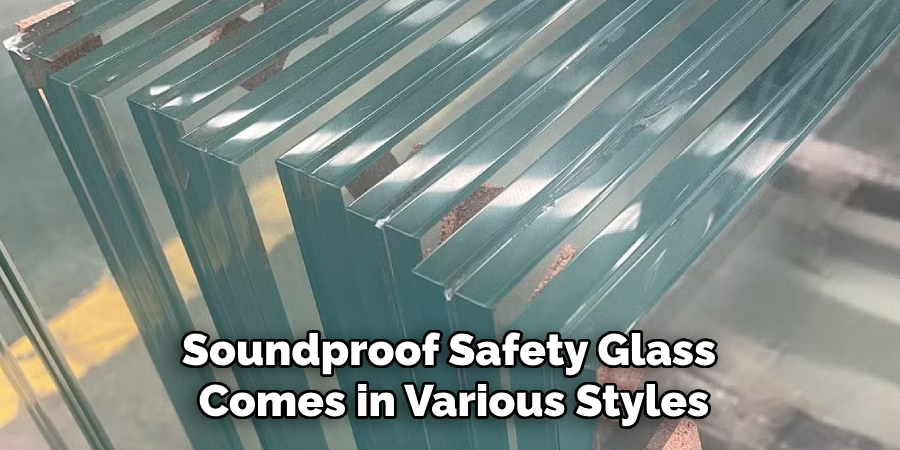
As mentioned earlier, soundproof safety glass comes in various styles and designs. While it is important to choose a style that fits your aesthetic preferences, it is equally crucial to consider its compatibility with your overall design and functionality needs. For example, clear glass may provide an unobstructed view but may not offer enough privacy for certain spaces.
You should also consider the installation process and whether any modifications or reinforcements are needed to accommodate the chosen glass type.
Step 7: Consult with a Specialist
Choosing the right soundproof safety glass can be a complex process, and it is always best to consult with a specialist before making a decision. They can provide valuable insights and recommendations based on your specific needs and environment. Additionally, they can assist with the installation process to ensure proper functioning and maximum performance of the glass.
Following these guidelines on How to choose soundproof safety glass can help you make an informed decision when choosing soundproof safety glass and ensure a comfortable and peaceful environment for your home or workplace. Remember to consider the level of noise pollution, desired acoustic performance, quality of materials, additional features, and design compatibility, and consult with a specialist for the best results.
Additional Tips for Choosing Soundproof Safety Glass
Consult With an Expert:
If you are unsure about which type of soundproof safety glass best suits your needs, consult with a professional who can guide you based on your specific requirements and budget. They can also provide recommendations on the glass’s installation and maintenance to ensure long-term effectiveness.
Compare Prices:
Soundproof safety glass comes in a range of prices, so it is essential to compare different options from various manufacturers. Be sure to take into account any additional features, material quality, and installation costs when making comparisons.
Consider Long-Term Benefits:
While soundproof safety glass may require a higher initial investment, it offers many long-term benefits such as noise reduction, increased privacy, energy efficiency, and UV protection. These benefits should be factored in when considering the cost of the glass.
Frequently Asked Questions
Q: What is the Difference Between Soundproof Glass and Regular Glass?
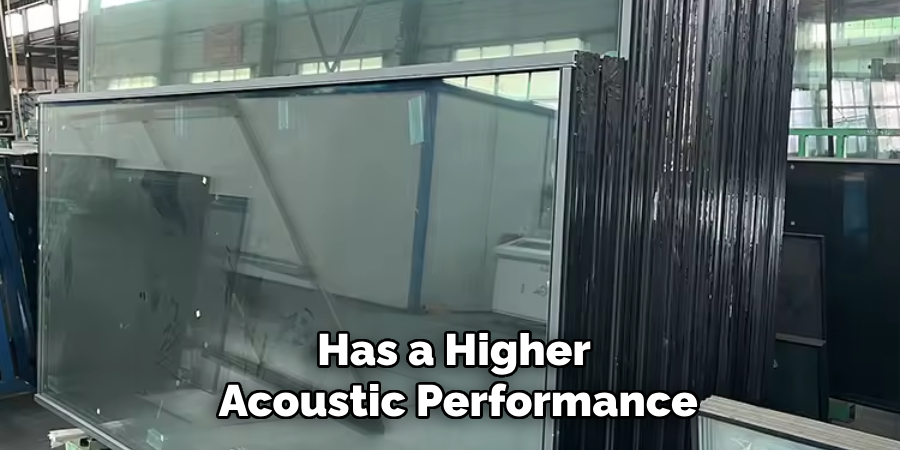
A: Soundproof safety glass typically has a higher acoustic performance, measured by its Rw value, than regular glass. It also offers additional features such as increased privacy or UV protection. Additionally, soundproof safety glass is designed to withstand impacts and break into smaller, less dangerous pieces if shattered.
Q: Can Soundproof Safety Glass Completely Eliminate Noise?
A: While soundproof safety glass can significantly reduce noise levels, it cannot completely eliminate all sound. The level of noise reduction also depends on the type of glass chosen and its Rw value, as well as the level of noise pollution in the surrounding area.
Q: Is Soundproof Safety Glass Expensive?
A: The cost of soundproof safety glass varies depending on factors such as type, size, additional features, and manufacturer. However, it is generally more expensive than traditional glass due to its specialized design and materials. It is important to consider the long-term benefits and savings when investing in soundproof safety glasses.
Conclusion
In conclusion, choosing the right soundproof safety glass involves careful consideration of various factors such as noise level, desired acoustic performance, quality of materials, additional features, design compatibility, and consultation with a specialist. Taking these elements into account can help you make an informed decision and create a peaceful and comfortable environment for your home or workplace. Remember to also consider long-term benefits and maintenance requirements when investing in soundproof safety glasses.
By following these guidelines and tips on How to choose soundproof safety glass, you can effectively reduce noise levels and create a quiet sanctuary for yourself or your business. So don’t let external noise disrupt your peace any longer – choose the right soundproof safety glass today!

